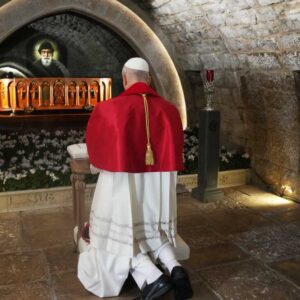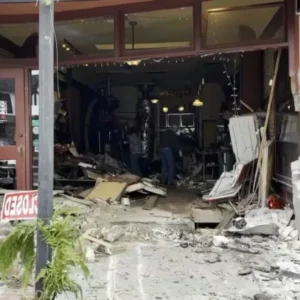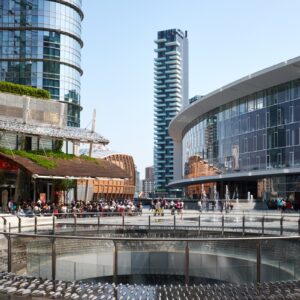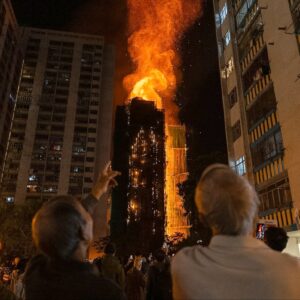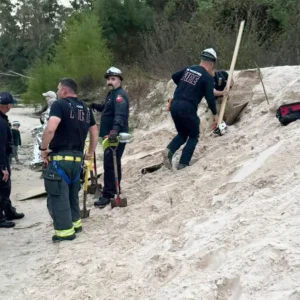SEOUL, South Korea — North Korean leader Kim Jong Un vowed a rapid North Korea nuclear expansion in response to joint U.S.-South Korea military drills, state media reported Tuesday. His remarks came as he inspected his most advanced warship, now being fitted with nuclear-capable systems, underscoring rising tensions on the Korean Peninsula.
The visit to the port city of Nampo coincided with the start of Ulchi Freedom Shield, an annual 11-day exercise involving 21,000 troops. While Washington and Seoul describe the drills as defensive, Pyongyang has long denounced them as rehearsals for invasion.
North Korea’s Nuclear Expansion Strategy
Kim argued that the exercises reveal the allies’ “hostility” and “will to ignite a war.” He called for “proactive and overwhelming countermeasures,” stressing the need for a swift expansion of North Korea’s nuclear forces.
“The security environment around the DPRK is getting more serious day by day,” Kim was quoted as saying by KCNA, North Korea’s state media. He urged a “radical and swift” change in military strategy to match the growing pressure.
Labubu Toy Heist: $7K Stolen from California Store Amid Soaring Demand
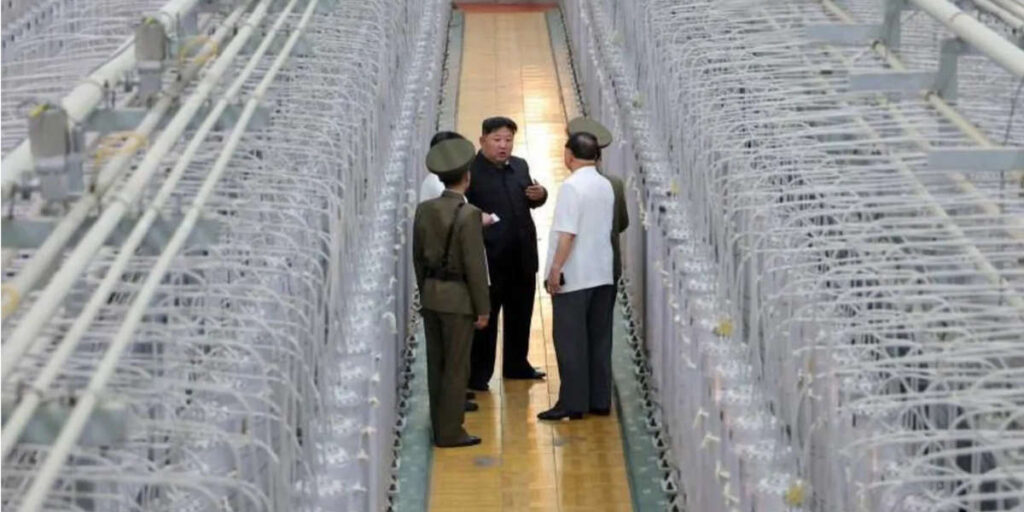
Spotlight on the Choe Hyon Destroyer
Kim’s comments came during his inspection of the Choe Hyon, a 5,000-ton-class destroyer first unveiled in April. State media said the vessel is designed to carry advanced systems, including anti-air, anti-naval, and nuclear-capable ballistic and cruise missiles.
The destroyer is expected to join active duty in 2026. Kim praised progress in weapons testing and the ship’s integrated operations system, instructing officials to carry out further performance tests in October.
North Korea has already attempted to expand its fleet with a second destroyer, the Kang Kon, which suffered damage during a failed launch ceremony earlier this year. Despite official claims of repair and relaunch, defense analysts remain skeptical about its full operational capacity.
Rising Tensions on the Korean Peninsula
The Ulchi Freedom Shield drills involve both live field training and computer-simulated operations. This year’s exercises incorporate lessons from recent global conflicts, including Russia’s invasion of Ukraine and the Iran-Israel clashes, as well as modern threats like drones, GPS jamming, and cyberattacks.
South Korean President Lee Jae Myung, who took office in June, has signaled a willingness to resume dialogue with Pyongyang. However, Seoul’s Defense Ministry declined to comment on Kim’s latest remarks, saying it had no new assessments of the North Korean destroyer’s capabilities.
Stalled Diplomacy and Renewed Military Push
Kim’s nuclear push follows years of stalled diplomacy. Talks with Washington collapsed in 2019 after his summit with then-U.S. President Donald Trump ended without an agreement. Since then, Pyongyang has accelerated weapons testing and strengthened ties with Moscow.
South Korea recently sought to revive the 2018 inter-Korean military agreement, originally intended to reduce border clashes by creating buffer zones. The deal broke down in 2024 after North Korea sent balloons carrying trash into the South, prompting Seoul to suspend cooperation and resume frontline military activities.
President Lee has since urged Pyongyang to respond to calls for trust-building, but Kim’s latest remarks suggest dialogue remains unlikely as North Korea prioritizes nuclear expansion over negotiations.

